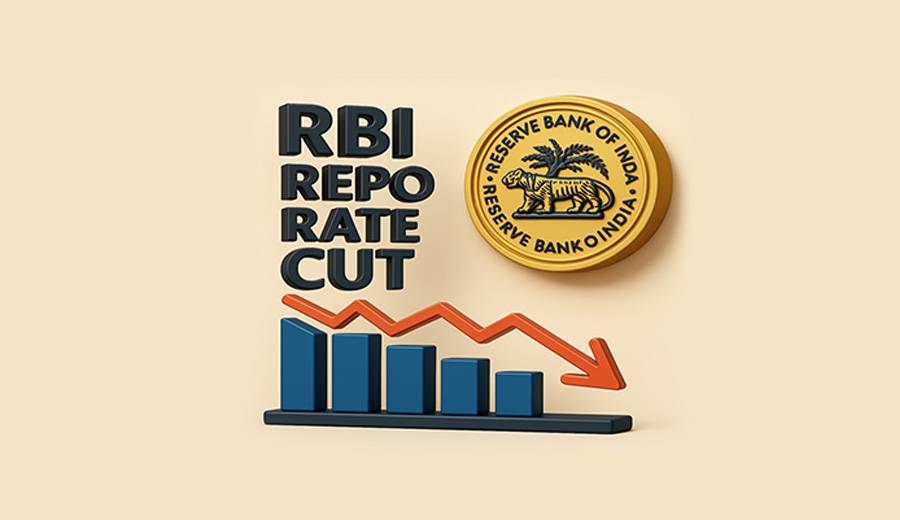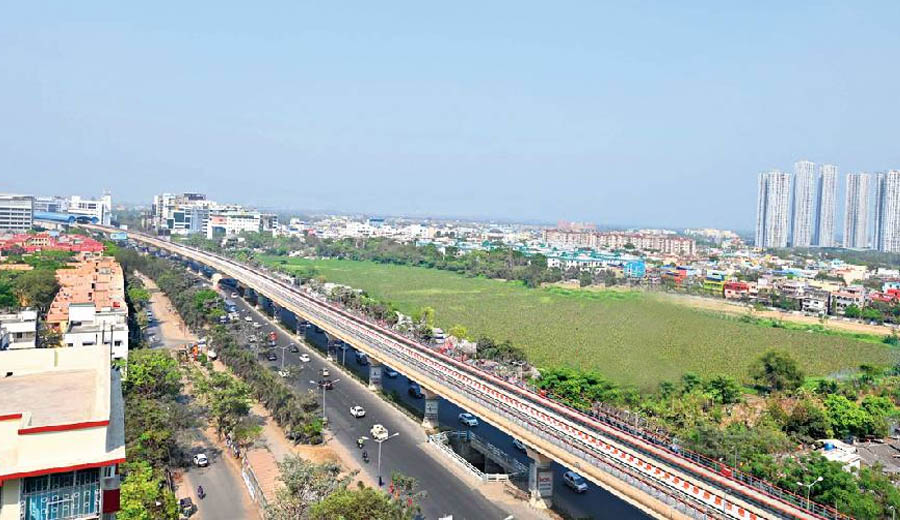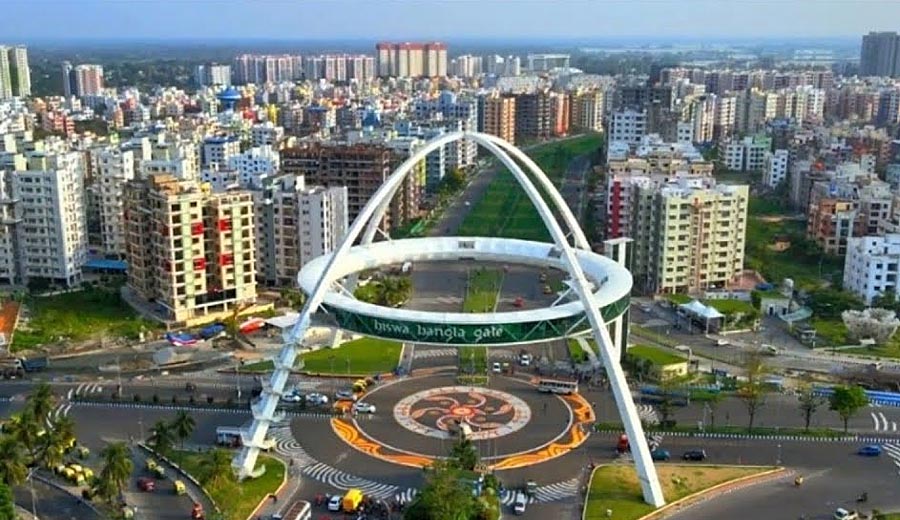Swati feels she is at the crossroads of her life.
Just passed out of school, she has to make a few major decisions that will influence her future.
She must choose the right college, and the right subject combination so that she can get a cushy job at the end of her education.
Swati is not particularly great in studies and her marks are not in the top league. Although she is a student of science she is not keen on chasing a career in Engineering or Medicine.
The problem is that she is bombarded with well-meaning advice from almost everyone.
She has a huge task at her hands now.
She needs to clear out the cobweb of confusion and get herself started in her career journey.
Now, while Swati is considering her options, let us see how Kolkata’s education and employment sector is shaping up.
Kolkata’s Glorious History of Educational Excellence
Kolkata played a pioneering role in developing the modern education system in India. Western models of education came to India through Kolkata. Missionaries and reformists established many of the first schools and colleges.
Educationists like Raja Ram Mohan Roy, David Hare, Ishwar Chandra Vidyasagar, Shashi Bhusan Chatterjee, and William Carey played a leading role in the setting up of modern schools and colleges in the city.
La Martiniere, Calcutta was established in 1836. John Bethune established a school for Indian girls in 1850 when women’s education was frowned upon in society. The Bethune College for Girls was set up by him in 1879.
The oldest medical school in Asia, the Calcutta Medical College was set up in 1835. In 1857, the University of Calcutta was established as the first full-fledged multi-disciplinary university in South Asia.
Comprehensive Education Infrastructure
Kolkata currently boasts a massive education infrastructure.
Kolkata has twenty public universities or autonomous institutions that award their degrees or diplomas, besides some Universities in close vicinity. They teach general, technical, and agricultural. juridical, medical, and veterinary science.
Kolkata has several parallel systems of school education, and K-12 schools are usually affiliated with either of them.
Additionally, Kolkata has 13 major research institutes. Some of them are Saha Institute of Nuclear Physics, S.N. Bose National Centre for Basic Sciences, Bose Institute, Variable Energy, Cyclotron Centre, Indian Statistical Institute, and Central Inland Fisheries Research Institute.
Very few cities in India can boast of such a comprehensive education infrastructure.
The Evolving Scenario
After 2000, there was increased participation by the private sector in developing high-quality undergraduate and post-graduate educational infrastructure in Kolkata.
Although private schools were operating in Kolkata for a long time, higher eduction was entirely out of its ambit.
Several engineering and medical colleges came up. Even some universities were set up by the private sector.
They have completely transformed the quality of education in Kolkata.
There was a lack of adequate educational opportunities in Kolkata and this was filled up by these private institutions.
Another feature of them is better industry co-ordination. Because of this factor, they have an enviable placement record.
The Employment Landscape
Kolkata is reputed to have the highest quality of human resources in the country. This has been acknowledged time and again by the industry leaders.
Excellence in higher education is highly valued in Kolkata society.
There is also a big advantage that helps students.
The cost of living (and also the cost of education) in Kolkata is rather modest compared to other top cities in India for similar courses.
Another advantage is the quality of faculty in Kolkata. Traditionally, Kolkata prides itself having the best faculty in India. Various institutions in Kolkata are considered institutions of national importance.
The employment landscape in Kolkata is vast and wide. It offers employment in the academics and research sector, business and industry, and the MSME sector.
Let’s dive deeper and see the present and emerging opportunities.
Employment Opportunities in Kolkata
Because of the presence of various research institutions in Kolkata, the city offers huge opportunities for research and academics. It is also possible to pursue research and academics in other Indian institutions and even abroad.
West Bengal’s GSDP (Gross State Domestic Product) at current prices is the 6th largest in India. It is the major economic powerhouse in Eastern India.
Over the last 2 decades, West Bengal’s economy grew by a whopping 10.38% CAGR. This is much higher than the national average.
Additionally, West Bengal has close to 90 Lakh MSME enterprises, many of them single-person enterprises and this employs 1.35 crore people. The MSME ecosystem in Bengal has revolved largely around the clusters.
The MSME sector is the country’s largest employment generator, and West Bengal leads in this.
As Kolkata offers high-quality human resources, major corporate entities are drawn to the state. Top IT companies are setting up operations in Kolkata.
Besides opportunities in IT, financial services, and medical establishment, Kolkata boasts various employment opportunities in the traditional tea and food processing sector. Other big employment generators in Kolkata are the travel, hospitality, and entertainment sectors.
However, the new economy demands flexibility in employment terms, working from home, and freelancing. Kolkata has taken the lead because of the inherent high quality of its people.
Working without the bindings of fixed employment is common nowadays in Kolkata.
As you can see, Kolkata offers one of the best opportunities in the country for high-class education at modest expense and a plethora of job opportunities.






